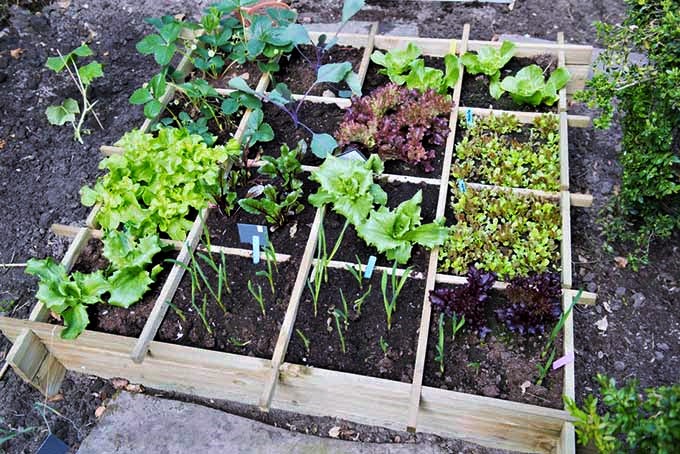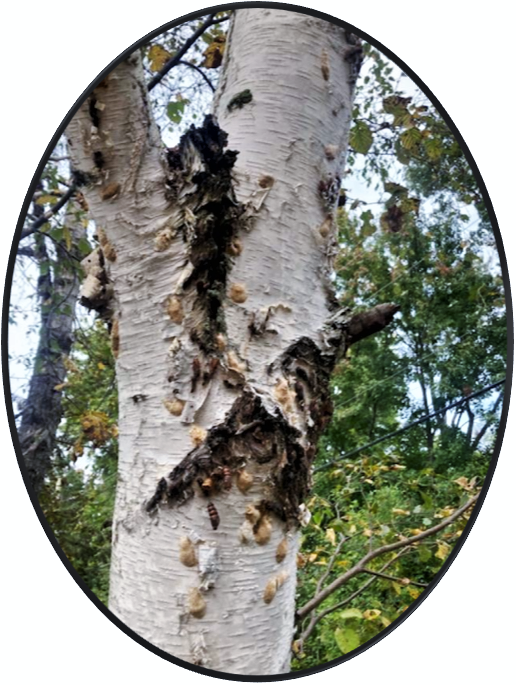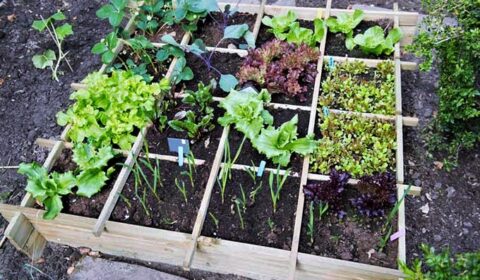SQUARE FOOT GARDENING GREAT WAY TO START; AND BUMPER YEAR FOR GYPSY MOTHS
NANCY THOMPSON | How Does Your Garden Grow
Square foot gardening makes the best use of small spaces by densely planting in one-foot squares.
A garden of 4×4 is a great size to start with, but really any size can be fine. Do locate it in a sunny and well drained spot.
In square foot gardening, you get rid of the rows and use intensive deep beds to dramatically cut the garden’s maintenance.
Start by building a 4-foot by 4-foot raised bed. (By raised I mean use timbers, blocks or boards to make the square about 10 to 12 inches high above the ground.)
Layer old newspapers or cardboard in the bottom to cover any weeds that may be there. Then fill with a soil mix that is nutrient rich and moisture retentive.
We used to use equal parts peat moss, vermiculite and compost to be more ecologically friendly use coconut coir and compost. This gives you a weed-free start.
Make yourself a one-foot square grid of lattice or even cord pulled tight on top of your smoothed bed.
Now you plant one type of plant in each square. You may use 16 radish seeds in one; 1 cabbage plant, 1 cauliflower, 1 brussel sprout; 16 carrot seeds, 9 onions, 6 garlic etc.. Climbing peas and beans may be seeded in two mini rows of 9 per square with a climbing net between.
Thin the plants with scissors rather than pulling out the roots, to avoid dislodging other plants.
SQF gardens can produce more in less space; use less water and soil and take less work to maintain.
They are easy and simple for new gardeners, busy people and those of us who are older and stiffer and the soil does not get compressed by being walked upon. They can cost a bit more to build and don’t lend themselves to things like corn and squash.

Bumper year for gypsy moths (lymantria dispar dispar)

The gypsy moth has more than 300 known host plant species — and about 150 of them are considered favoured hosts.
These include oak, maple, birch, alder, apple, white pine, balsam, blue spruce and just about everything else in your garden.
Do you remember them from last summer — those voracious, hairy caterpillars that defoliated trees and shrubs? Yuck!
Gypsy moth infestations are cyclic, about every 10 years. and 2022 promises to be a bumper year in Muskoka.
One thing you can do to help reduce their numbers for this year is to check out all your trees, lawn furniture and buildings for the gypsy moth egg masses.
They are about 4 cms long, tan coloured and can be found low on almost any hard surface, including tree trunks up to eye-height or even higher.
Scrape them off with a sharp knife into a container of soapy water. Every mass you destroy probably counts as 300-500 caterpillars.
Certainly, worth the effort.
Tiny larvae emerge from egg masses in the spring and can be first seen hanging from threads waiting to be spread by the wind — or just climbing up the tree trunks.
One caterpillar can eat about one square metre of leaves as it grows and forms a pupa. Multiply that by tens of thousands of caterpillars and you will understand why the gypsy moth is one of the most destructive pests of hardwood trees in eastern North America and is listed as one of the 100 most destructive invasive species worldwide.
By mid-June the larvae enters the pupa stage and the moths emerge some 14-17 days later. The female moths can not fly, but just sit around releasing pheromones to attract males…hence the egg masses being laid in obvious places.
Do not despair, the cold weather last winter may have killed off many of the eggs and our local birds will help by eating young caterpillars. Blue jays, orioles, chickadees, vireos and even robin all help.
Meanwhile, I often just go destroy some egg masses.
Happy gardening.
Nancy Thompson is a member of the Bracebridge and Gravenhurst Horticultural Societies
